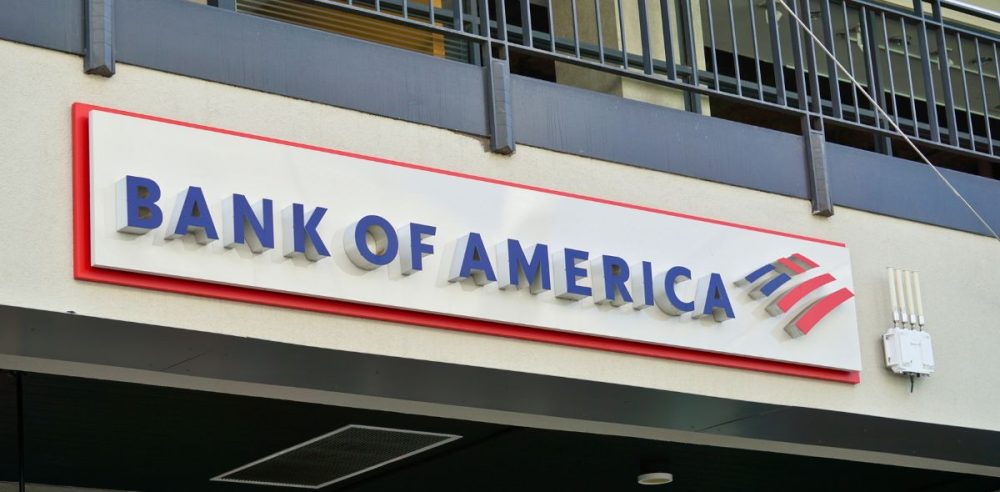Bank of America has been ordered to pay the Federal Deposit Insurance Corporation (FDIC) $540.3 million for underpaying deposit insurance assessments.
The ruling ends a legal battle that began in 2017 when the FDIC sued the bank for failing to report counterparty risk exposure properly.
The payment covers underpaid assessments from the second quarter of 2013 through the end of 2014, plus accrued interest. The FDIC initially sought $1.12 billion but received less because claims before mid-2013 fell outside the statute of limitations.
“We are pleased the judge has ruled and have reserves reflecting the decision,” a Bank of America spokesperson said.
U.S. District Judge Loren L. AliKhan determined that “the law is not on [Bank of America’s] side” and that the bank should have understood its obligations.
At issue was a 2011 rule changing how banks report counterparty risk exposure, which affects deposit insurance contributions. Bank of America argued the rule was unclear while defending against what became an eight-year legal dispute.
The judge rejected this defense, stating that Bank of America “should have been able to ‘identify with ascertainable certainty,’ the standards’ it was expected to apply.”
Bank of America, the second-largest U.S. bank, had prepared for this outcome. Its first-quarter earnings showed increased non-interest expenses of $17.8 billion, up 6% from the previous quarter, partly due to higher litigation costs.
CFO Alastair Borthwick noted these increased expenses while maintaining that the bank remains in a strong financial position. The company reported a profit of $7.4 billion for the quarter.
This ruling in the FDIC lawsuit comes as the agency’s new acting chairman, Travis Hill, has announced plans to conduct a “wholesale review of regulations, guidance and manuals.”
The case underscores the importance of regulatory compliance in banking and the significant financial consequences that can result from miscalculating risk assessments in the heavily regulated financial sector.


